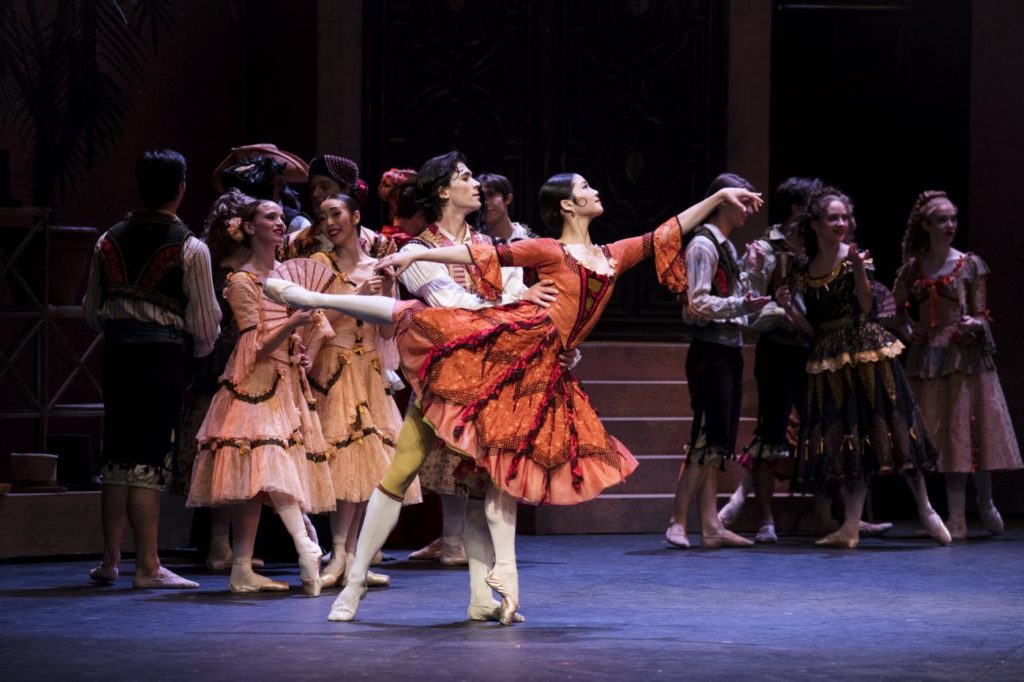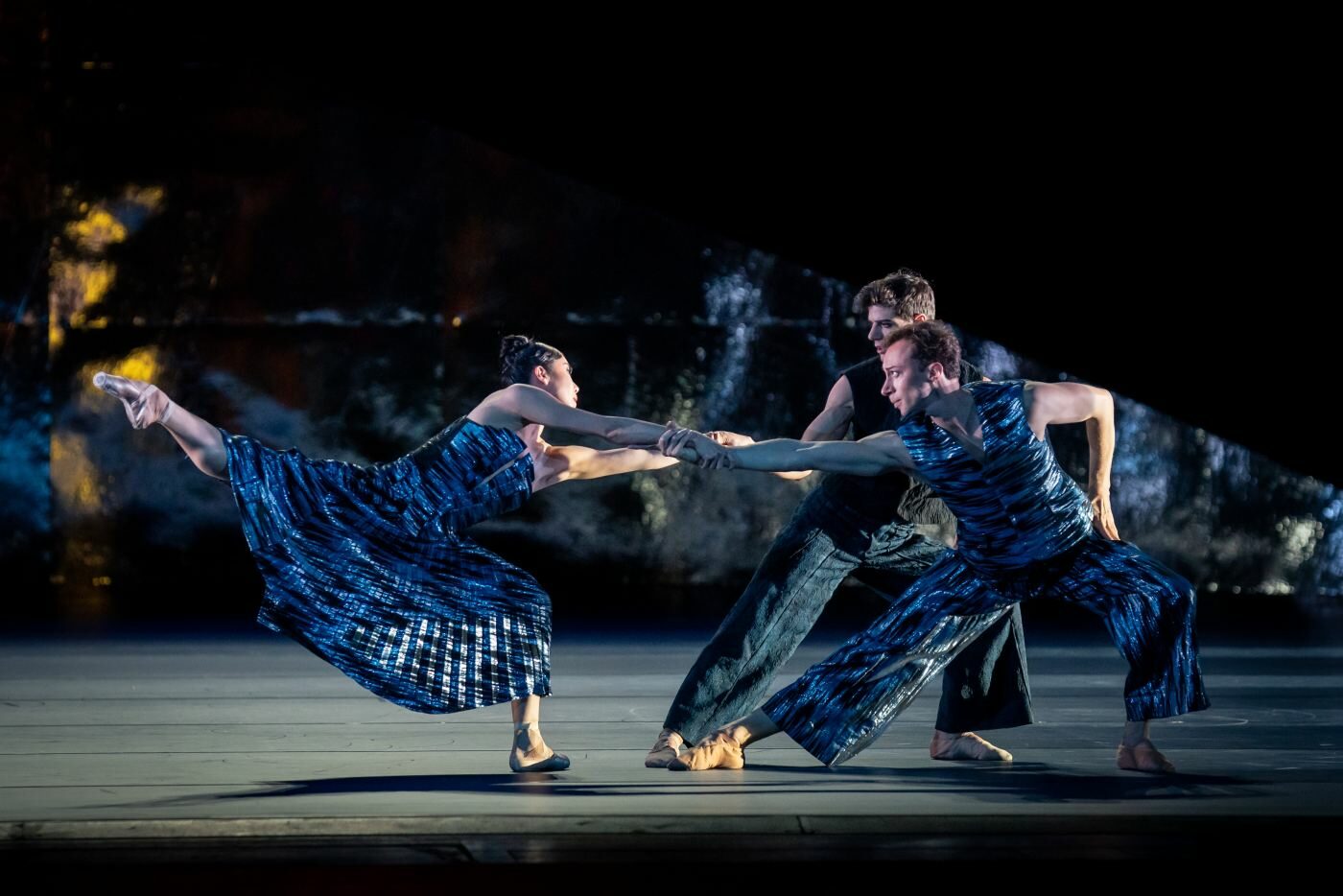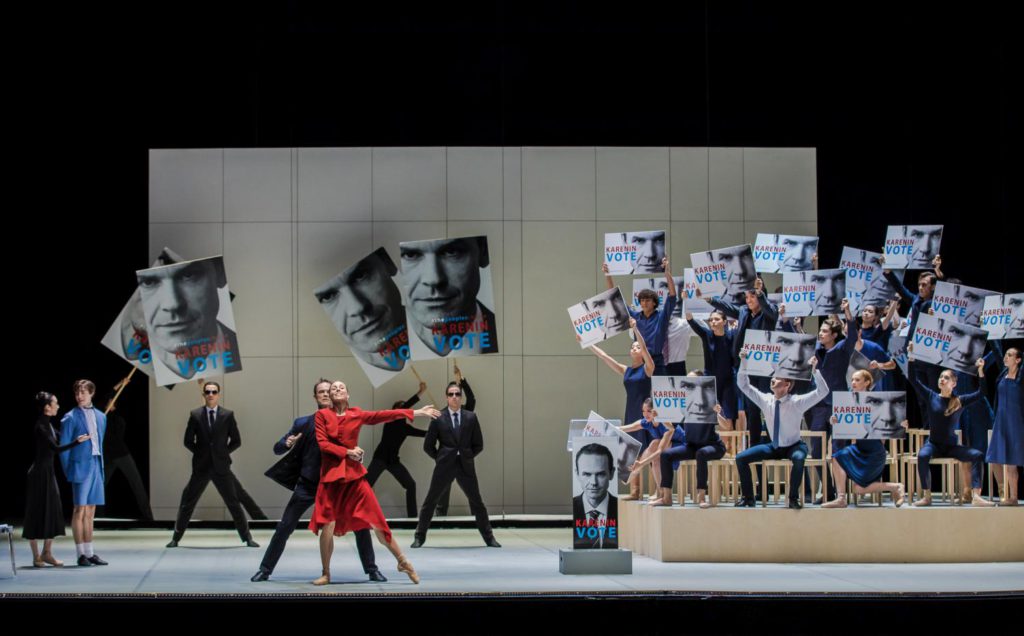Progress
“Don Quixote”
Hamburg Ballet – John Neumeier
Hamburg State Opera
Hamburg, Germany
January 13, 2018
by Ilona Landgraf
Copyright © 2018 by Ilona Landgraf
 In an interview in the program booklet for “Don Quixote” Neumeier said that his vision has been to broaden the horizons of his dancers and of the audience. Noble motives that over the years have left much to be desired. Two years ago, Hamburg Ballet’s season involved only one piece by another choreographer in addition to Neumeier, while last season was all his. This season’s schedule was enriched by two foreign choreographers: Rudolf Nureyev and Jerome Robbins. Already in September a double bill by Robbins (“Dances at a Gathering” and “The Concert”) was revived. In December, Nureyev’s version of “Don Quixote” premiered. Manuel Legris had come over from Vienna to lead the rehearsals. But the question is, being primarily limited to Neumeier’s style and short of input from others, how did the company respond to the challenges Nureyev’s piece presents? (more…)
In an interview in the program booklet for “Don Quixote” Neumeier said that his vision has been to broaden the horizons of his dancers and of the audience. Noble motives that over the years have left much to be desired. Two years ago, Hamburg Ballet’s season involved only one piece by another choreographer in addition to Neumeier, while last season was all his. This season’s schedule was enriched by two foreign choreographers: Rudolf Nureyev and Jerome Robbins. Already in September a double bill by Robbins (“Dances at a Gathering” and “The Concert”) was revived. In December, Nureyev’s version of “Don Quixote” premiered. Manuel Legris had come over from Vienna to lead the rehearsals. But the question is, being primarily limited to Neumeier’s style and short of input from others, how did the company respond to the challenges Nureyev’s piece presents? (more…)







